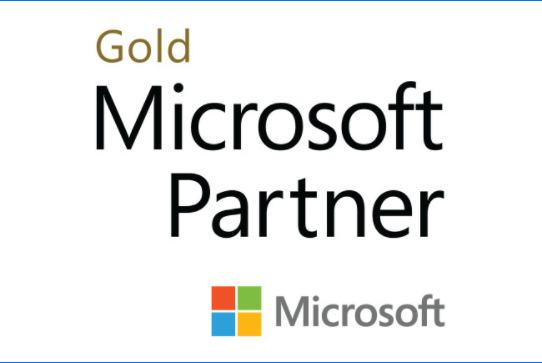In every organization’s future. Dependencies on legacy systems and siloed processes act as major roadblocks to efforts towards digital transformation.
For many organizations, the upcoming Microsoft end of support (EOS) for Windows Server and SQL Server 2008 and SQL Server 2008 R2 brings in challenges in terms of innovation, cost, security, and regulatory compliance. Many traditional organizations are under tremendous pressure to upgrade their systems to the more recent versions of Windows and SQL Server.
If you look at the brighter side, though, this is a great opportunity for organizations to make up for the missed opportunities of the past to migrate, modernize and redefine their core to enhance performance, improve customer experience and drive a competitive edge. One of the options also available is to modernize by migrating their legacy estates to Azure SQL Database.
Why we may have to migrate on-premises SQL Server database to Azure SQL Database (PaaS—Platform as a Service)?
Microsoft’s enabling functions and cloud offerings have many advantages with Azure SQL Database that runs as a PaaS. On a high level, for instance, there is no need for you to create VMs or install the Windows Server operating system or SQL Server. They are all simply available to use. All you have to do is log into the Azure portal and pick the size and configuration that fits your needs.

.jpeg?width=225&name=GetImage%20(6).jpeg)
- Note: The PaaS offering from Microsoft provides you with everything required to support database services. Microsoft owns more than half of the administration overhead, which includes patching, software updates, system maintenance, etc. However, it is important to understand the underlying database service implications of this model. Azure SQL Database doesn’t in-house full feature parity when compared to the on-premise database versions of SQL Server like SQL Server 2014, SQL Server 2016, and SQL server 2017
How can you validate whether your database is compatible with Azure SQL Database?
This can be validated in multiple ways:
- Create a BACPAC file: If you can create the BACPAC file from your database that means your database can be migrated to Azure SQL Database
- Use a script: Generate a schema of the on-premises databases and create the same in the Azure SQL environment
.jpeg?width=2560&name=GetImage%20(7).jpeg)
.jpeg?width=2560&name=GetImage%20(8).jpeg)
What are some ways that data be migrated?
There are several ways to migrate the data. The following are some of the methods that can be used for data migration:
- Create BACPAC files and export them
- Use SQL Server Management Studio; generate scripts and use the import/export data methods
- Use the Data Migration Assistant Wizard
- Leverage Transactional Replication to port the data over to the cloud
- Use PowerShell and SQLPackage.exe, an SSDT tool
- Note: You would need to study your situation and adopt any of the above-mentioned methods based on your requirements and the current environment. It is hard to say which of these methods would be better for you until you understand the migration process. In most cases, Data Migration Assistance and/or Replication is best-suited for data migration
Get In Touch
Seen enough and wanting more? Work with a Viscosity team member now.
Viscosity's core expertise includes:
Data Analytics, Oracle Exadata, Oracle Database Appliance, High Availability & Scalability Solutions, Cloud Migrations, Performance Tuning, Data Integrations, AI and Machine Learning, Oracle APEX Development, and technical training.
